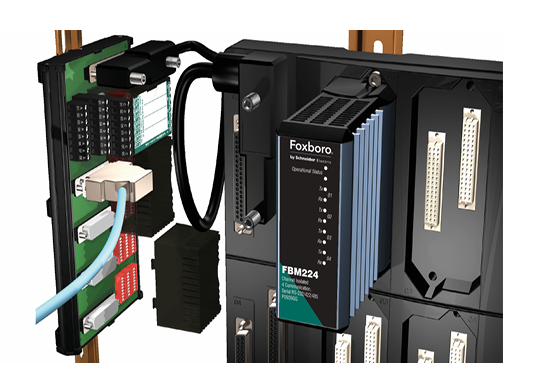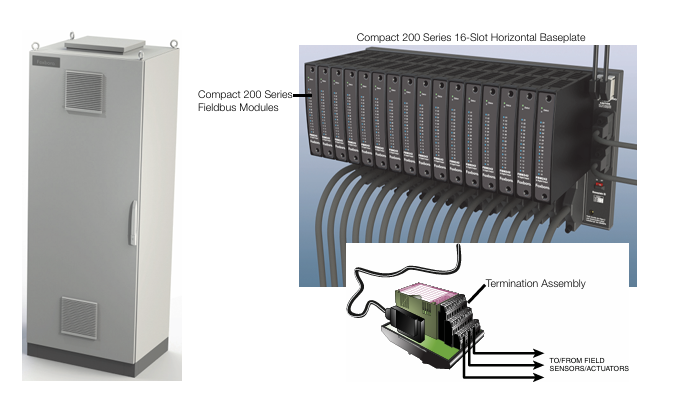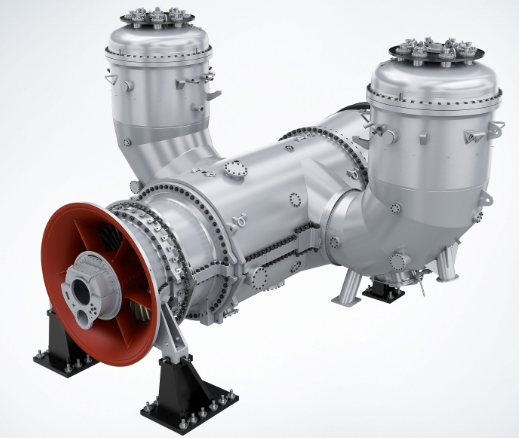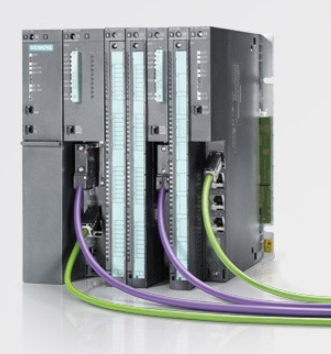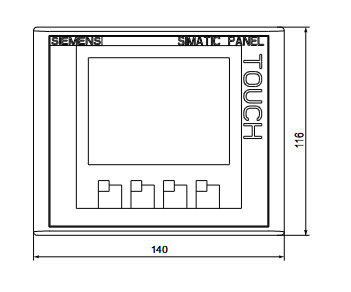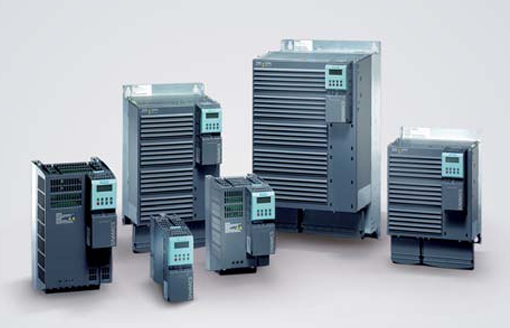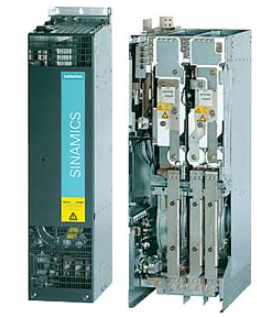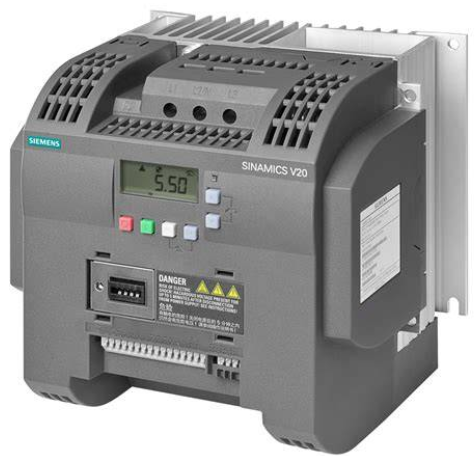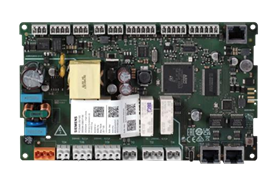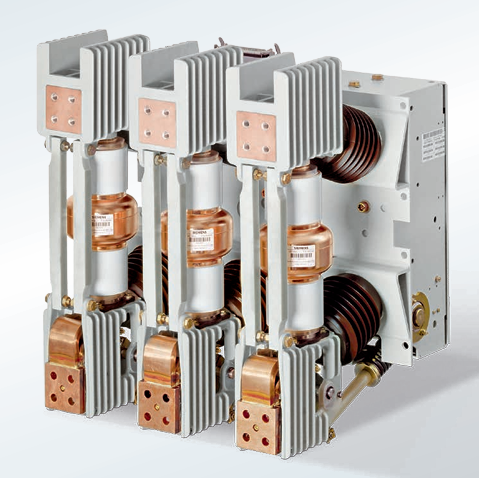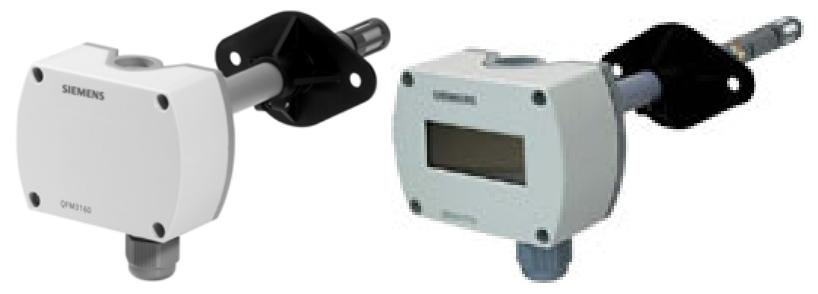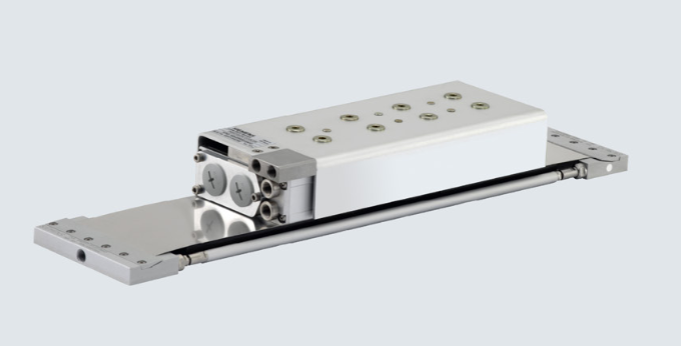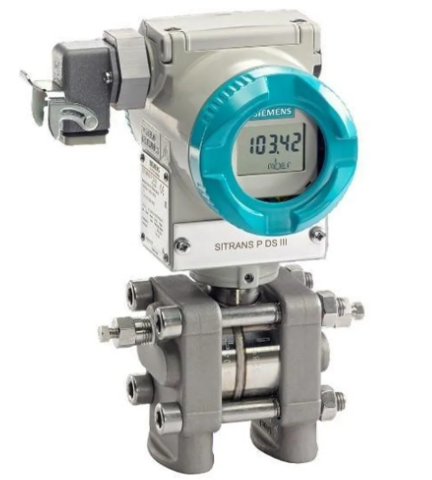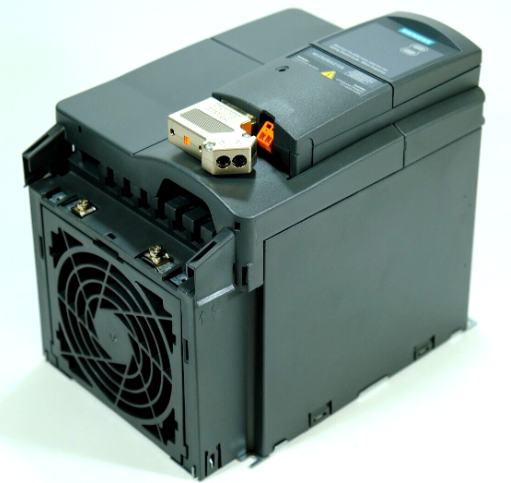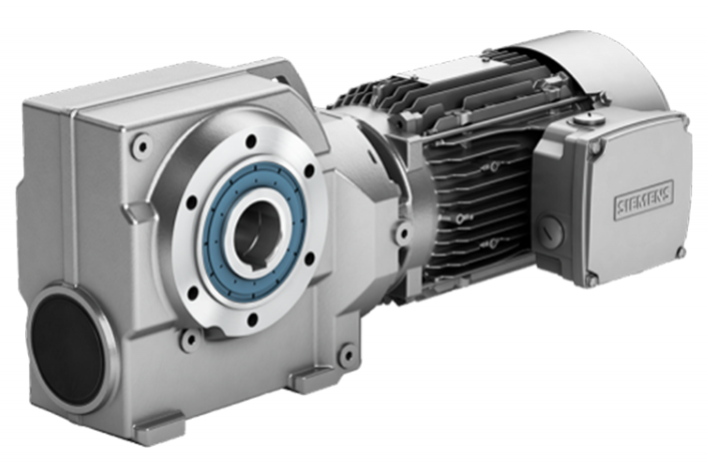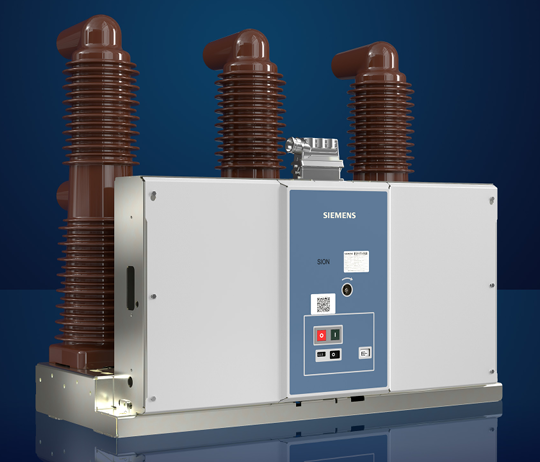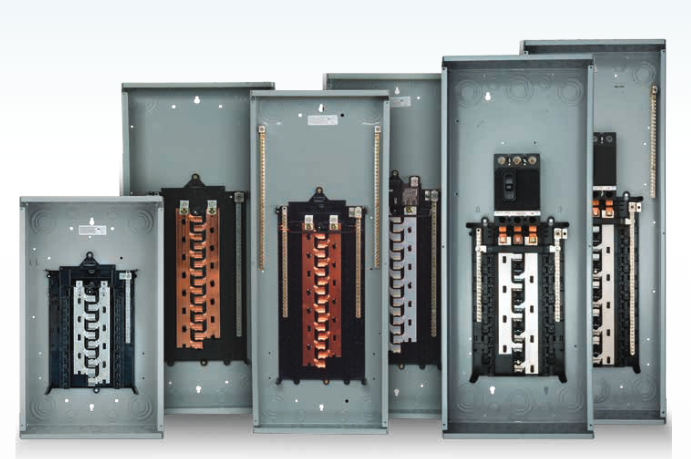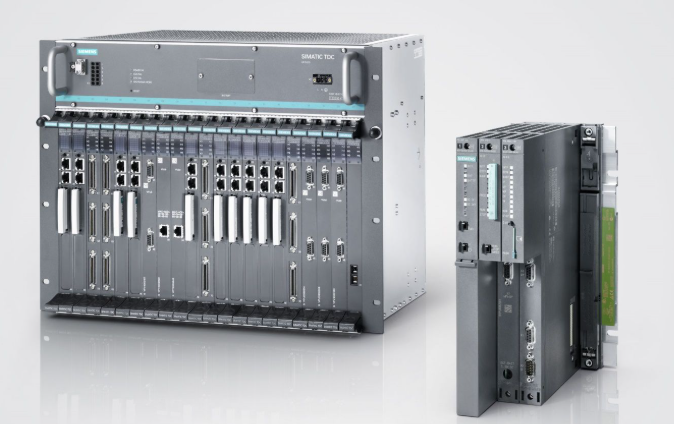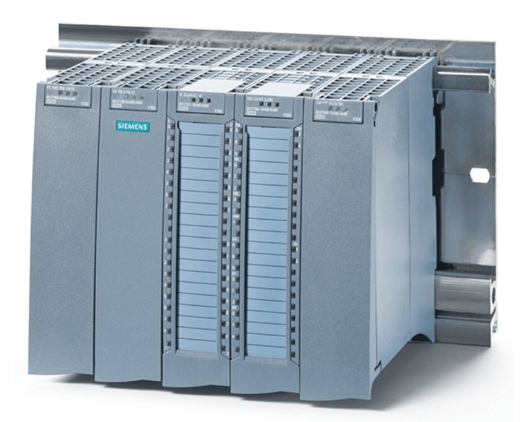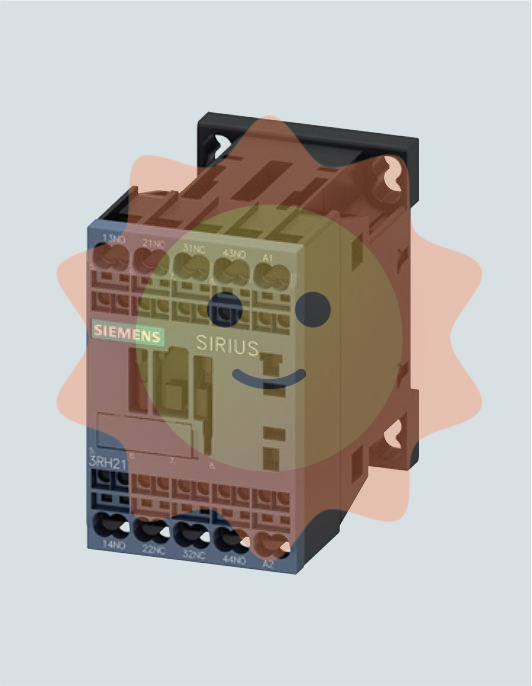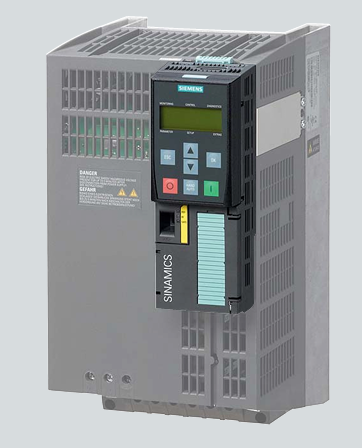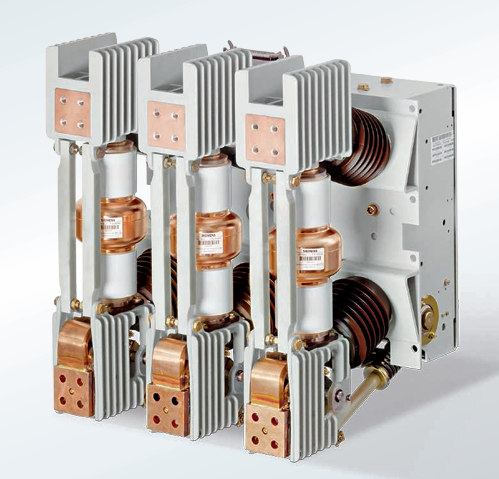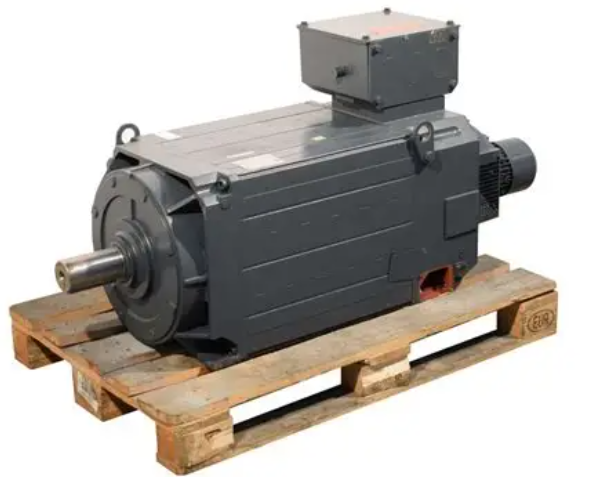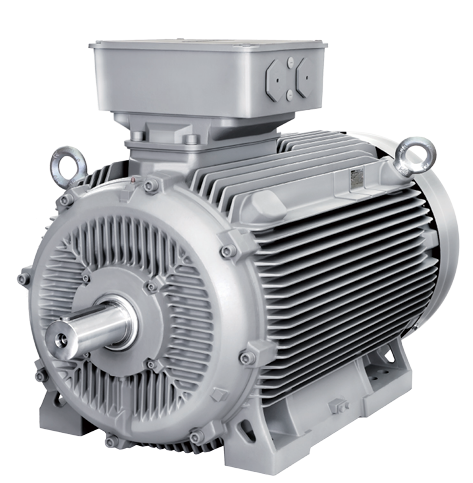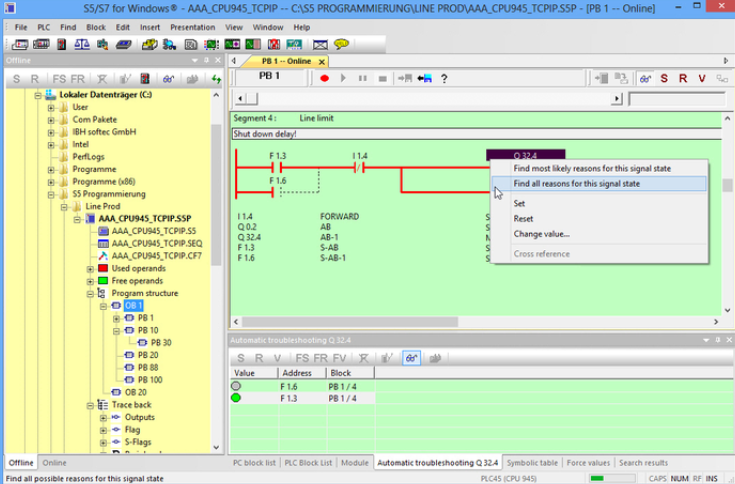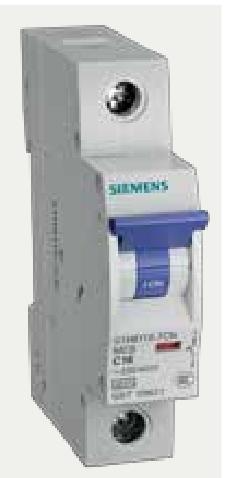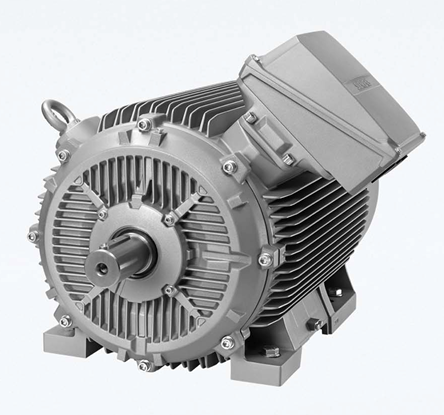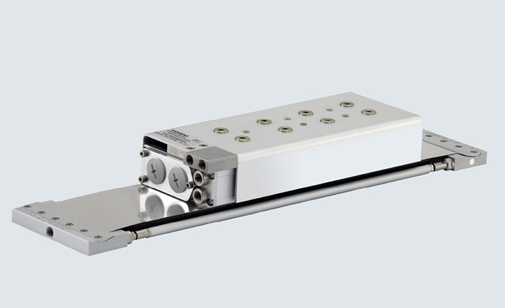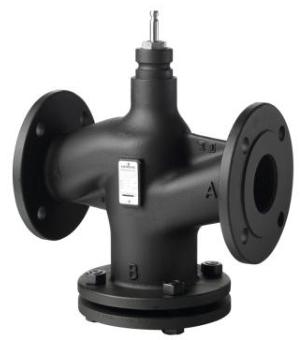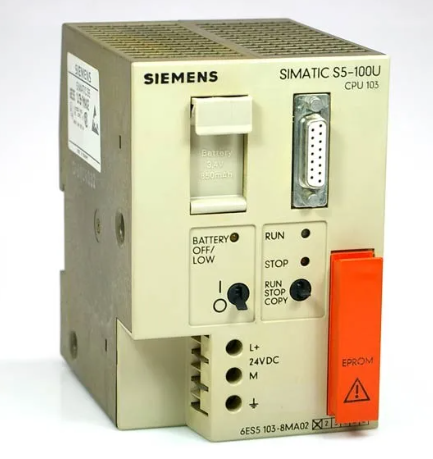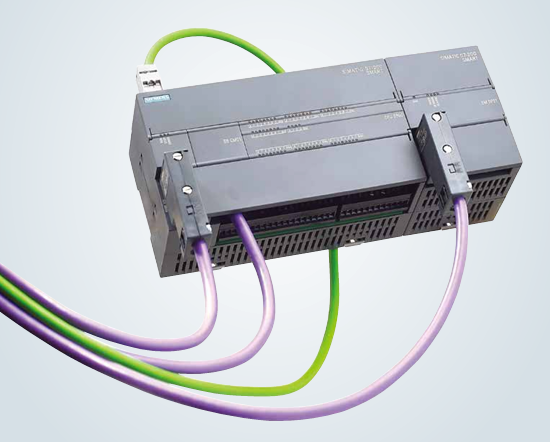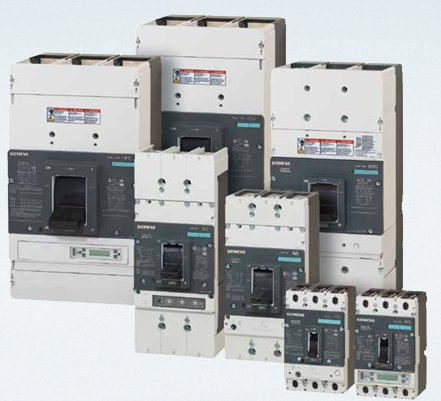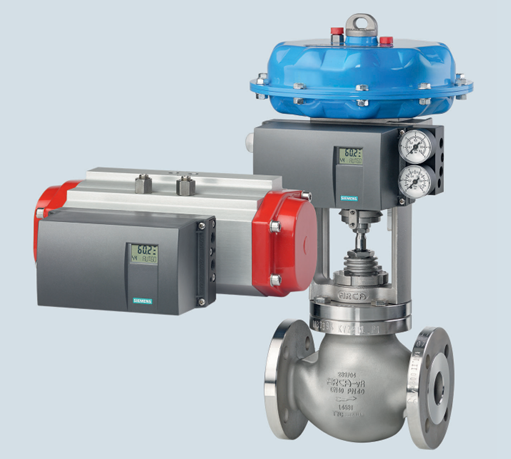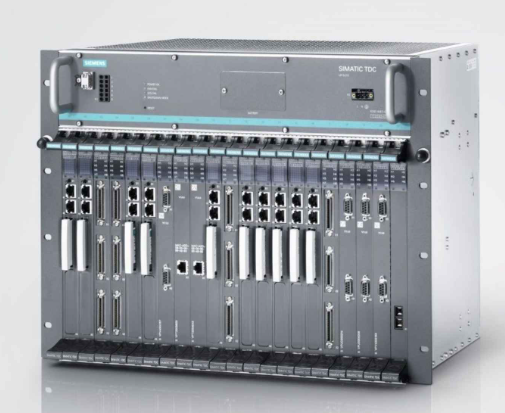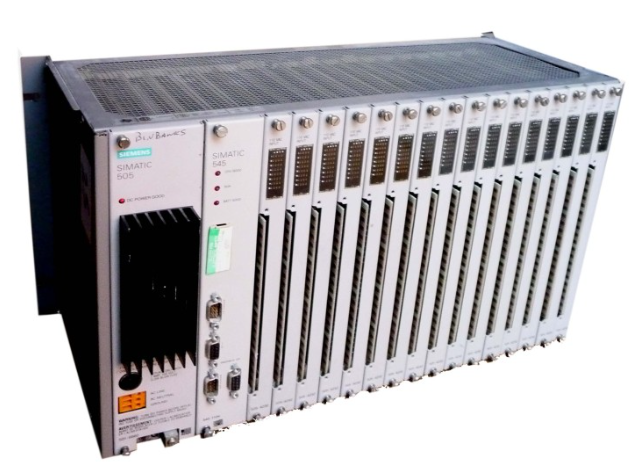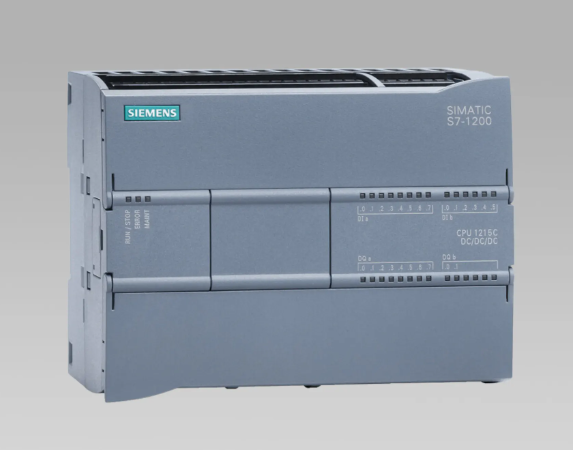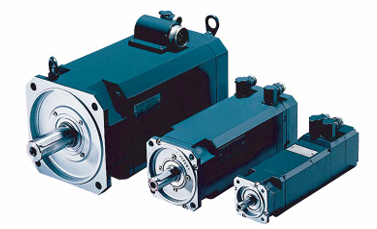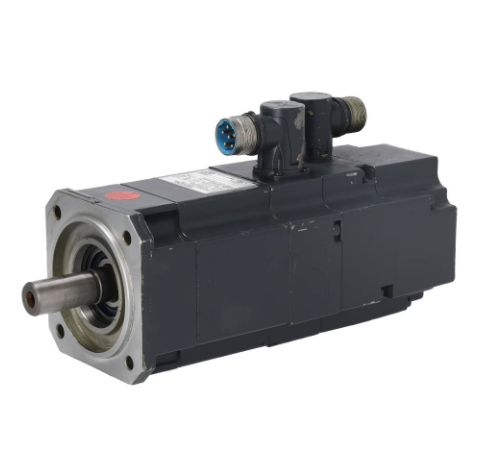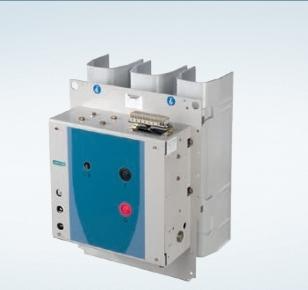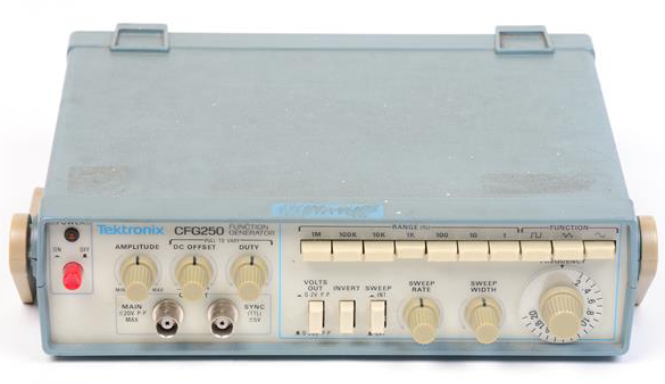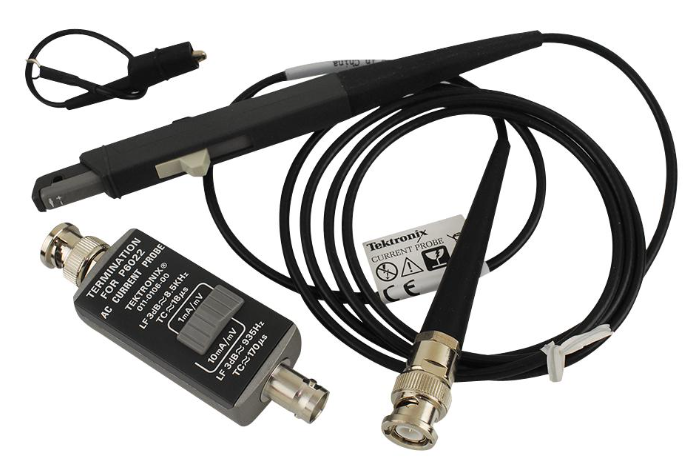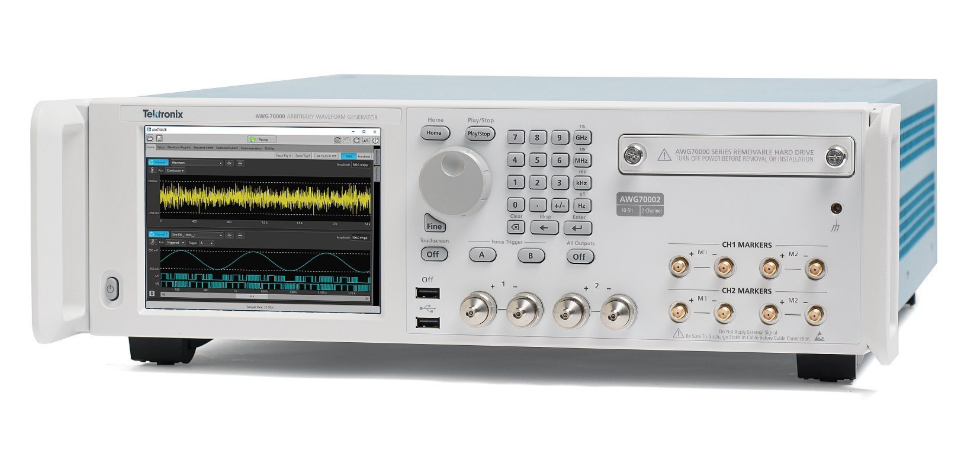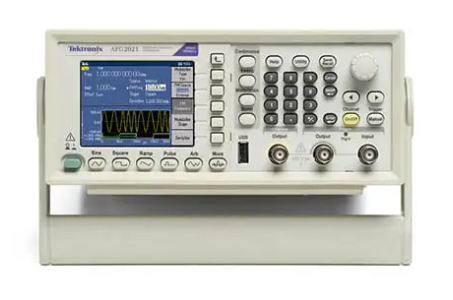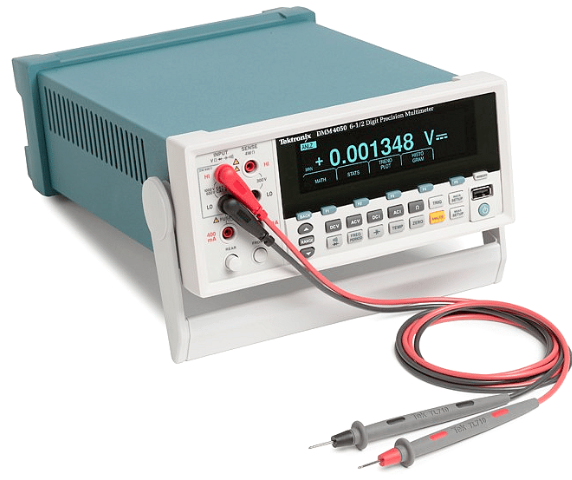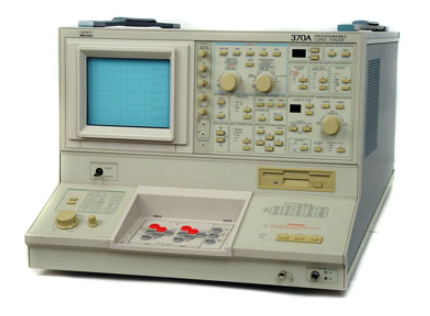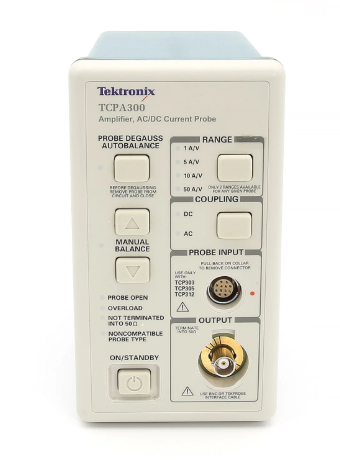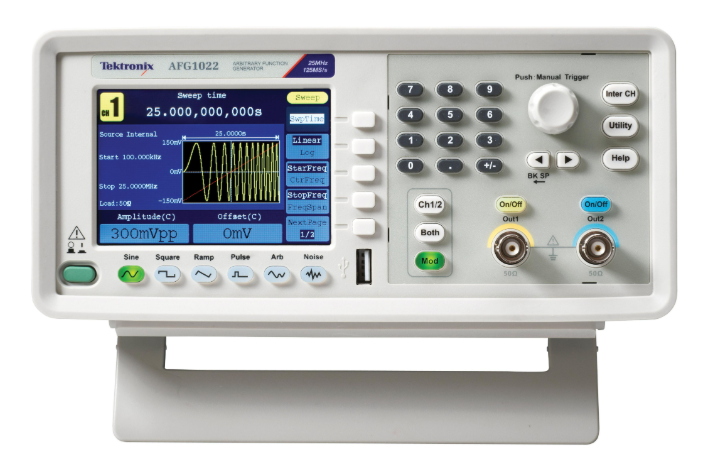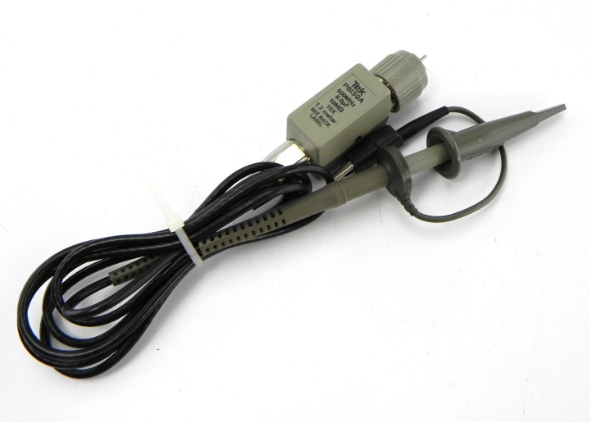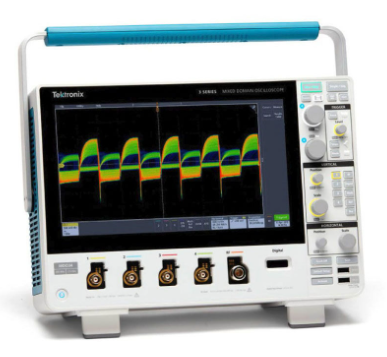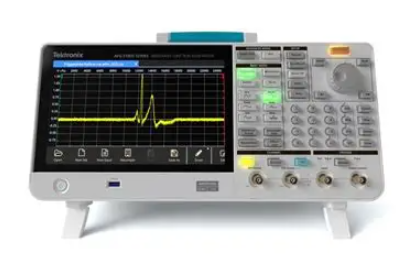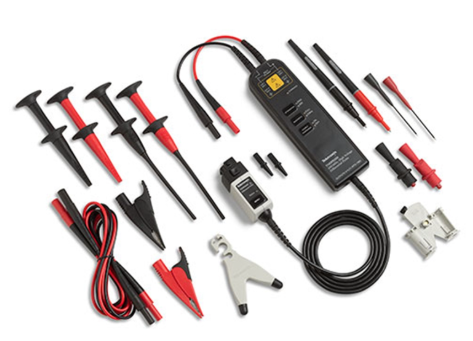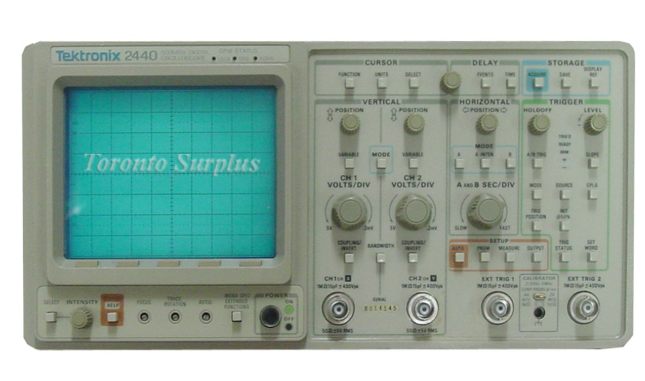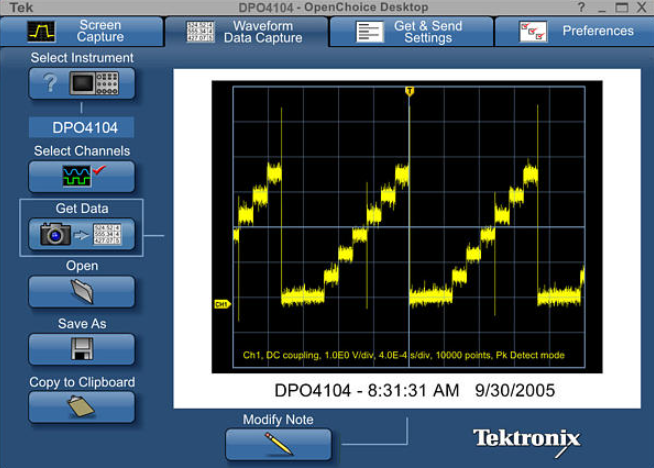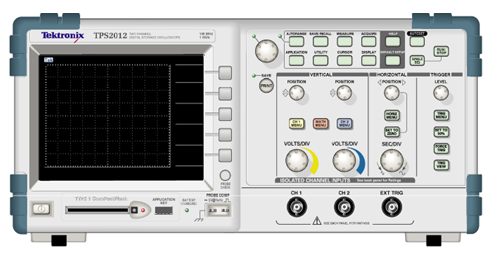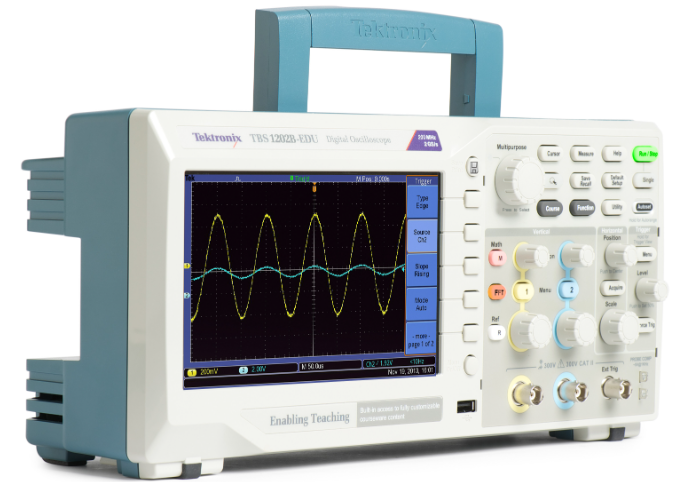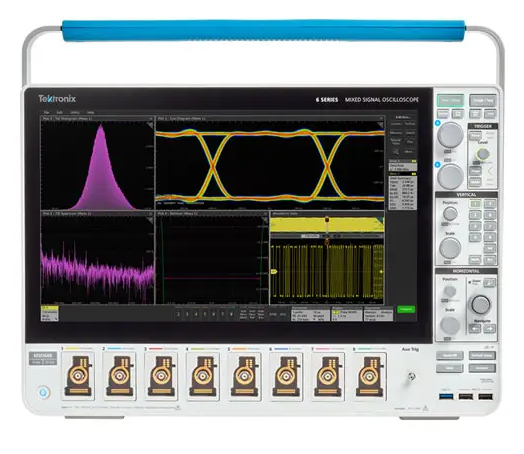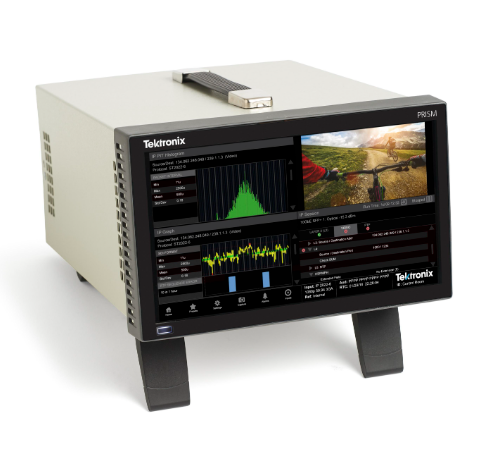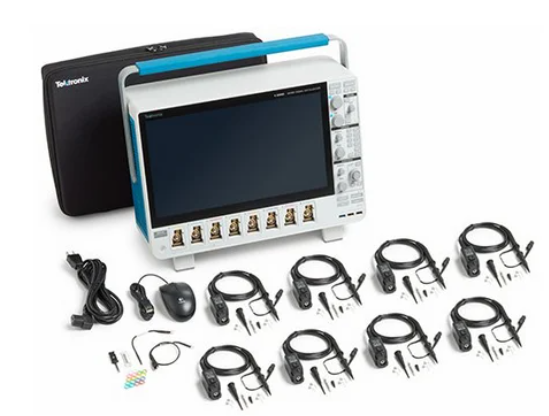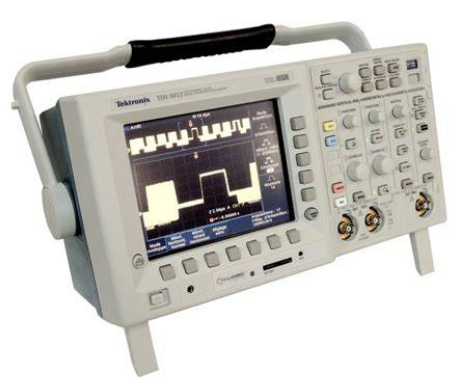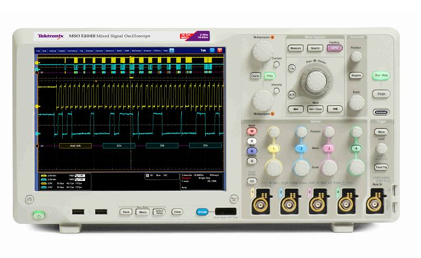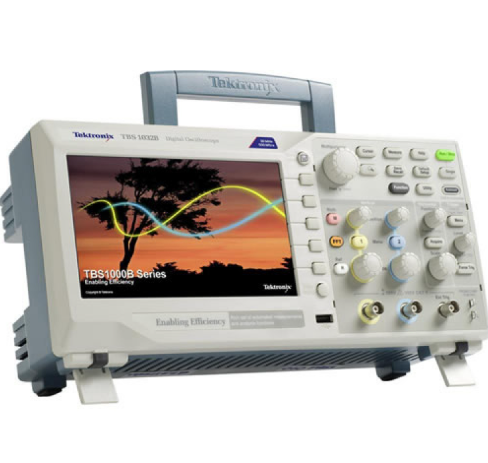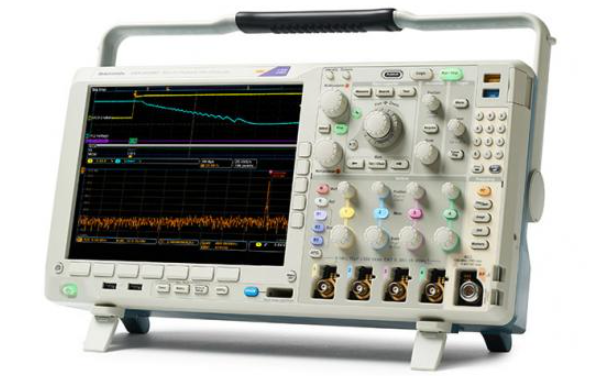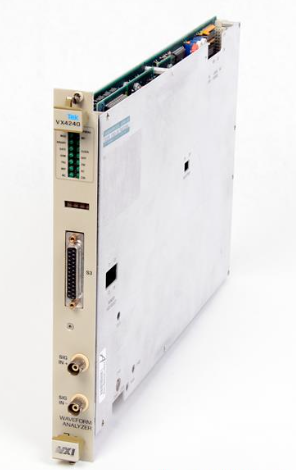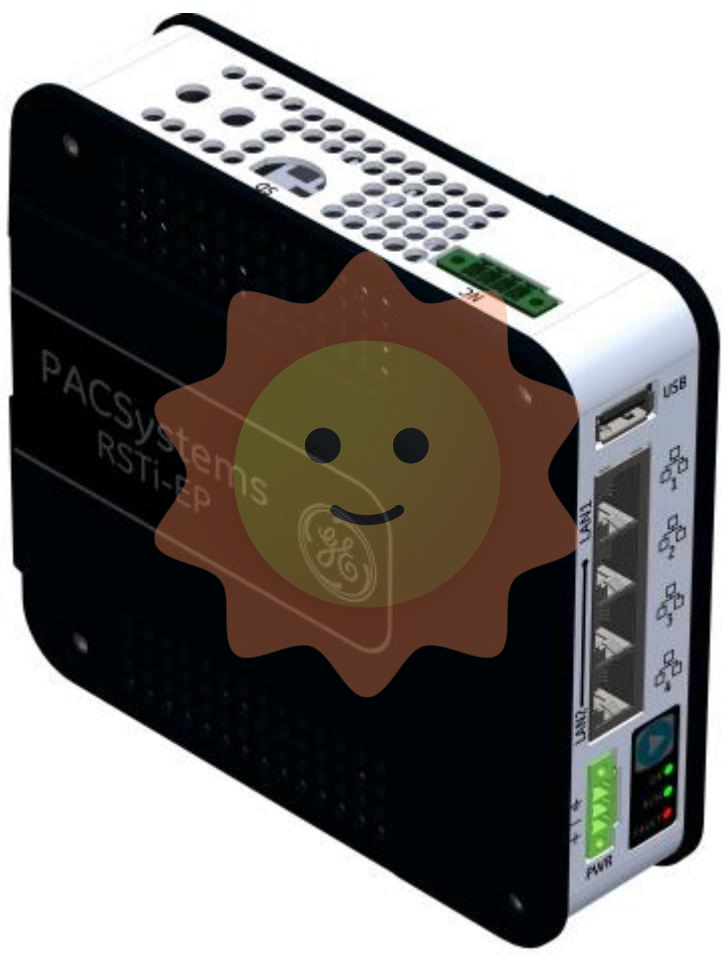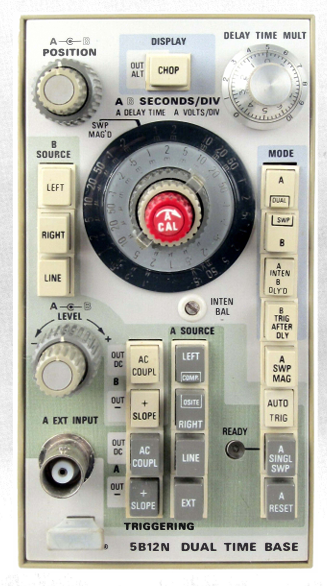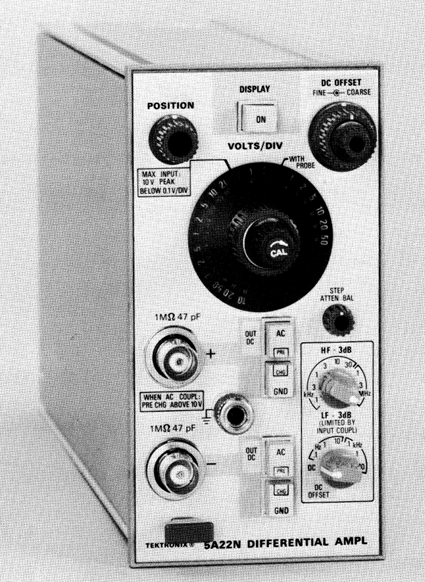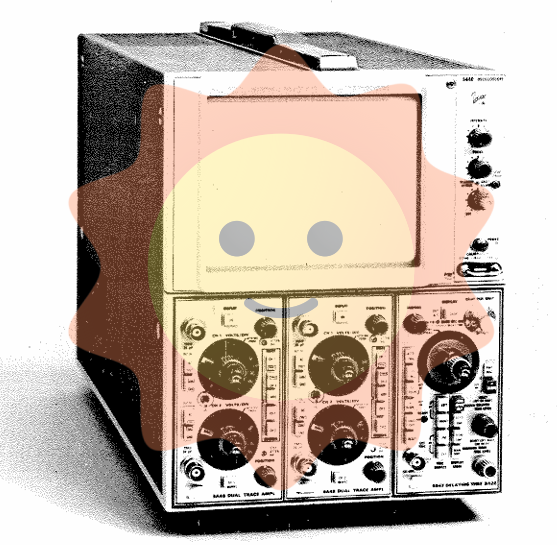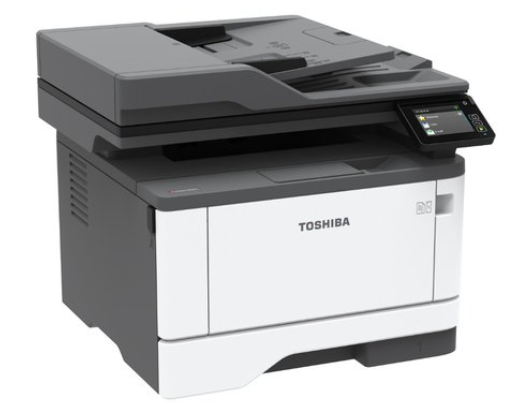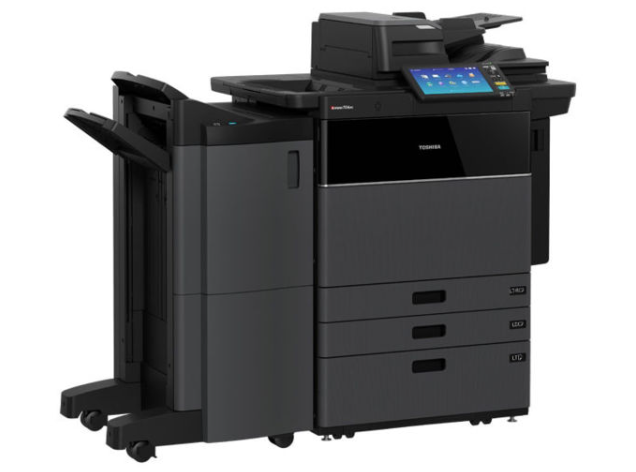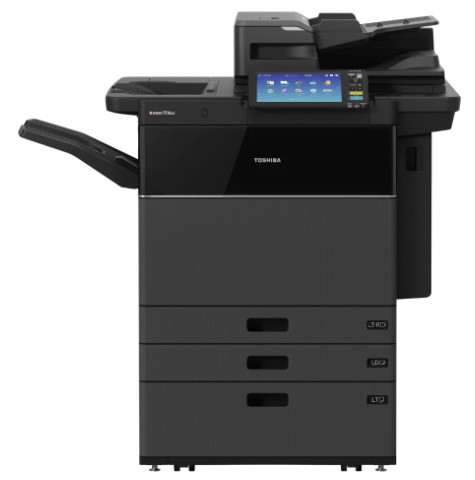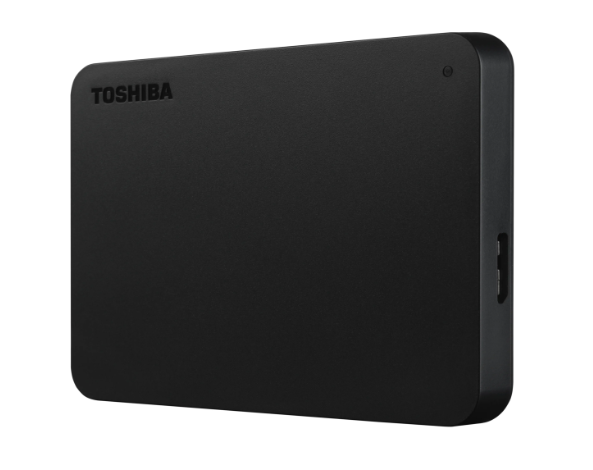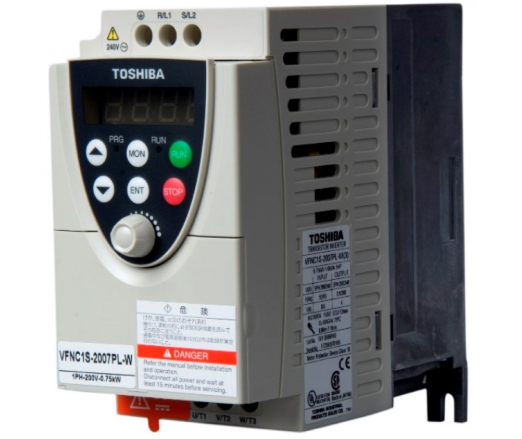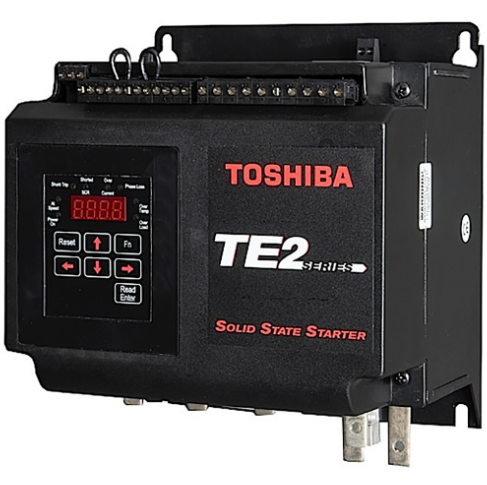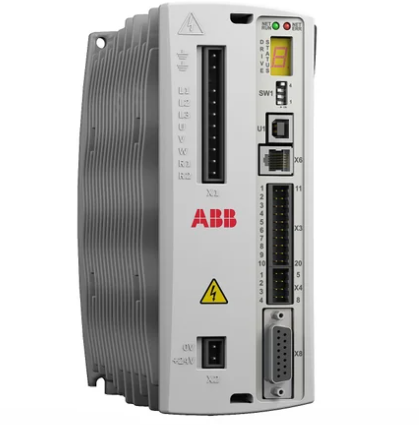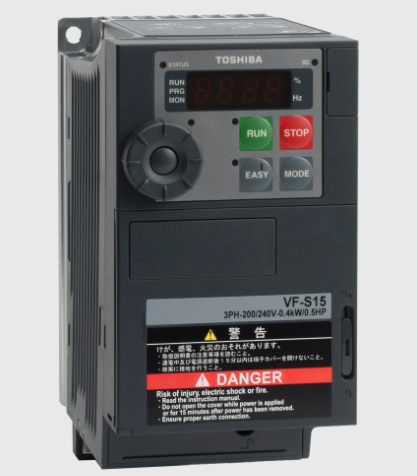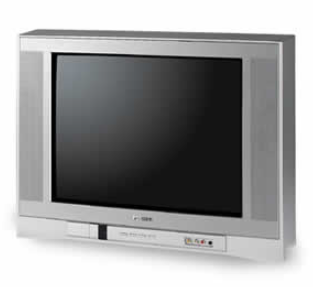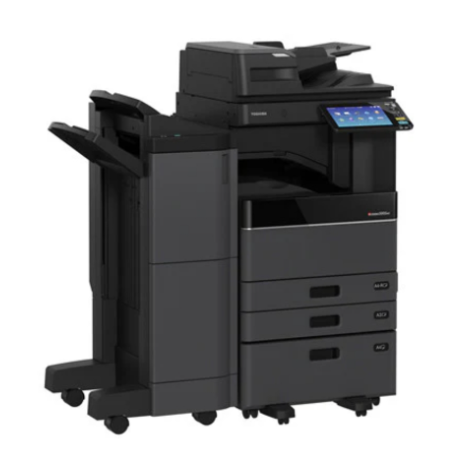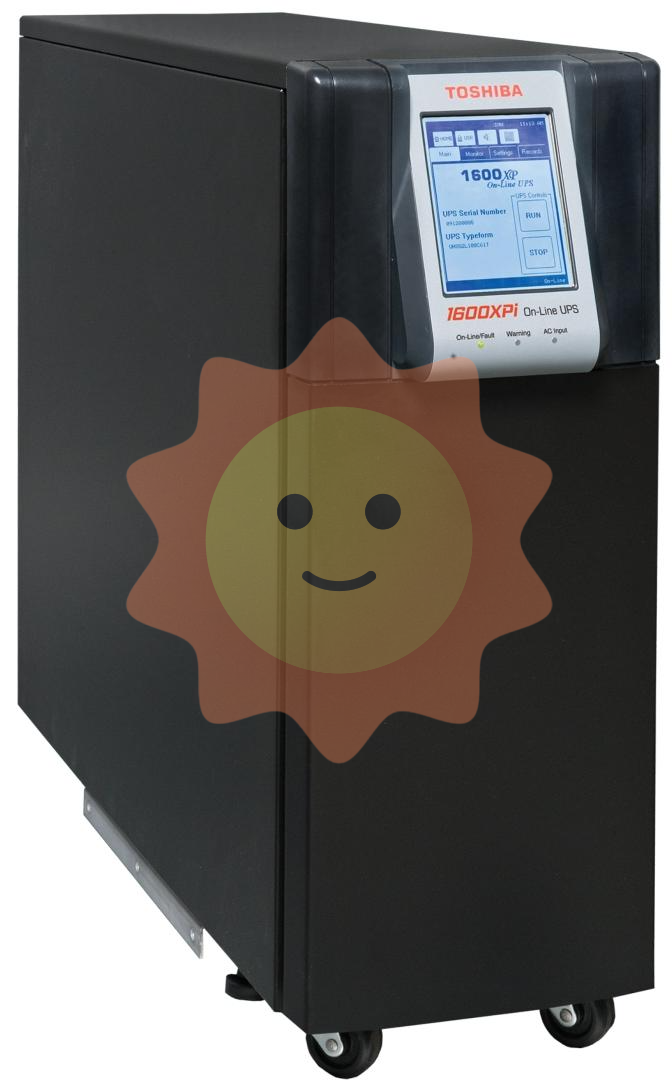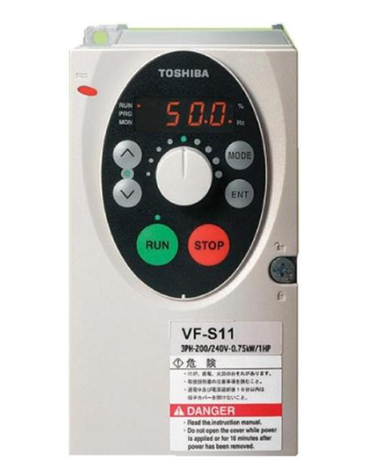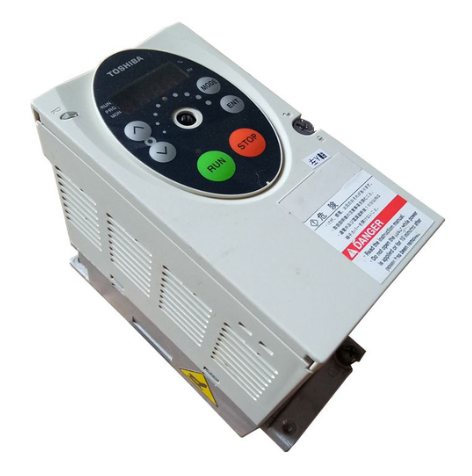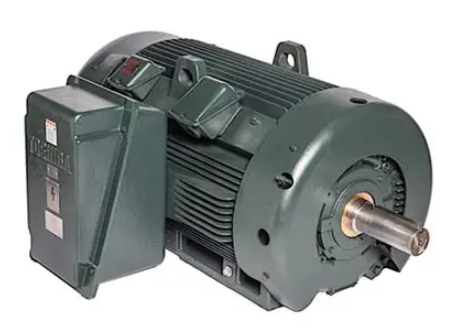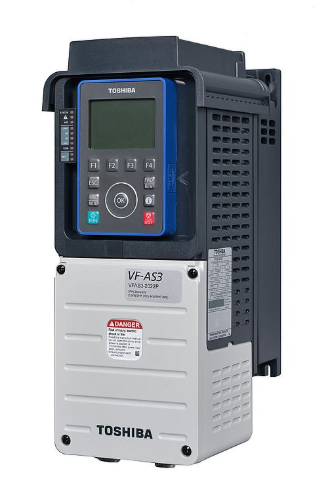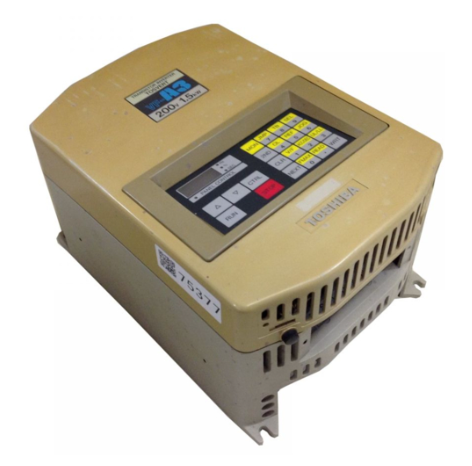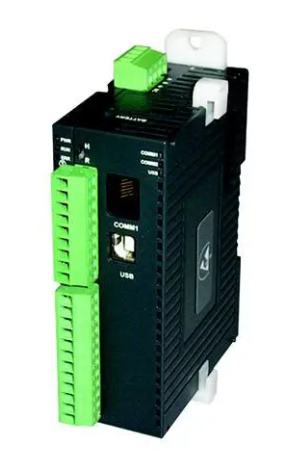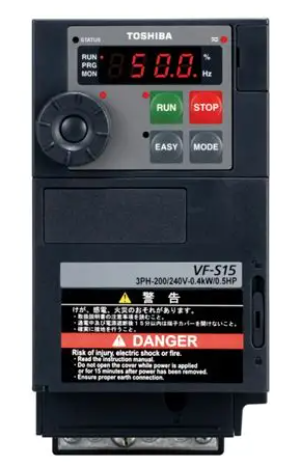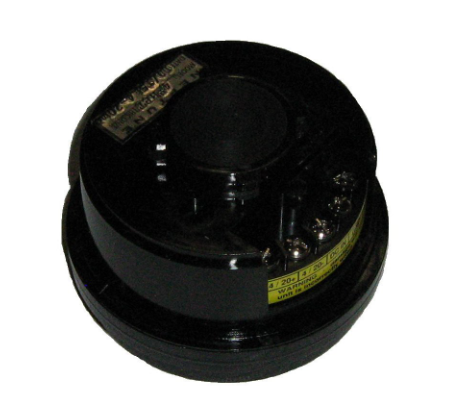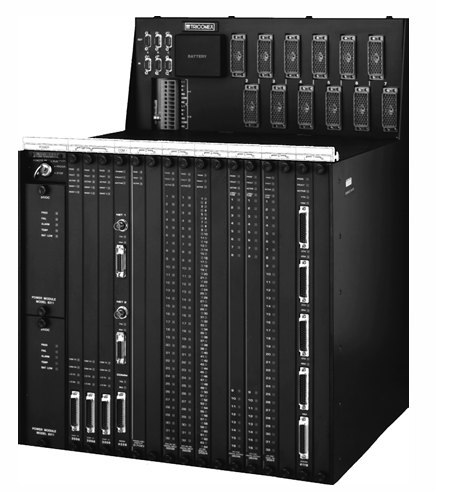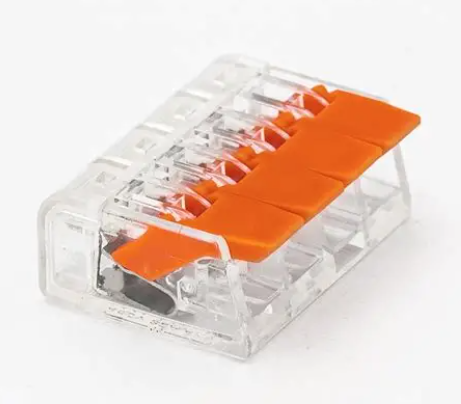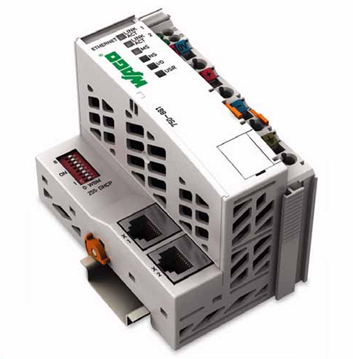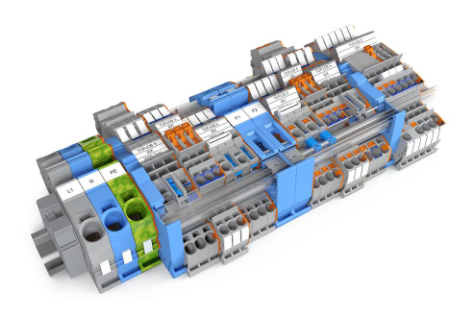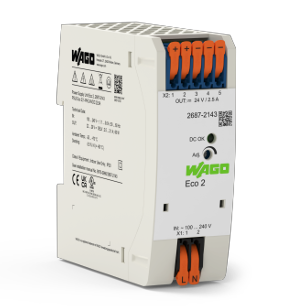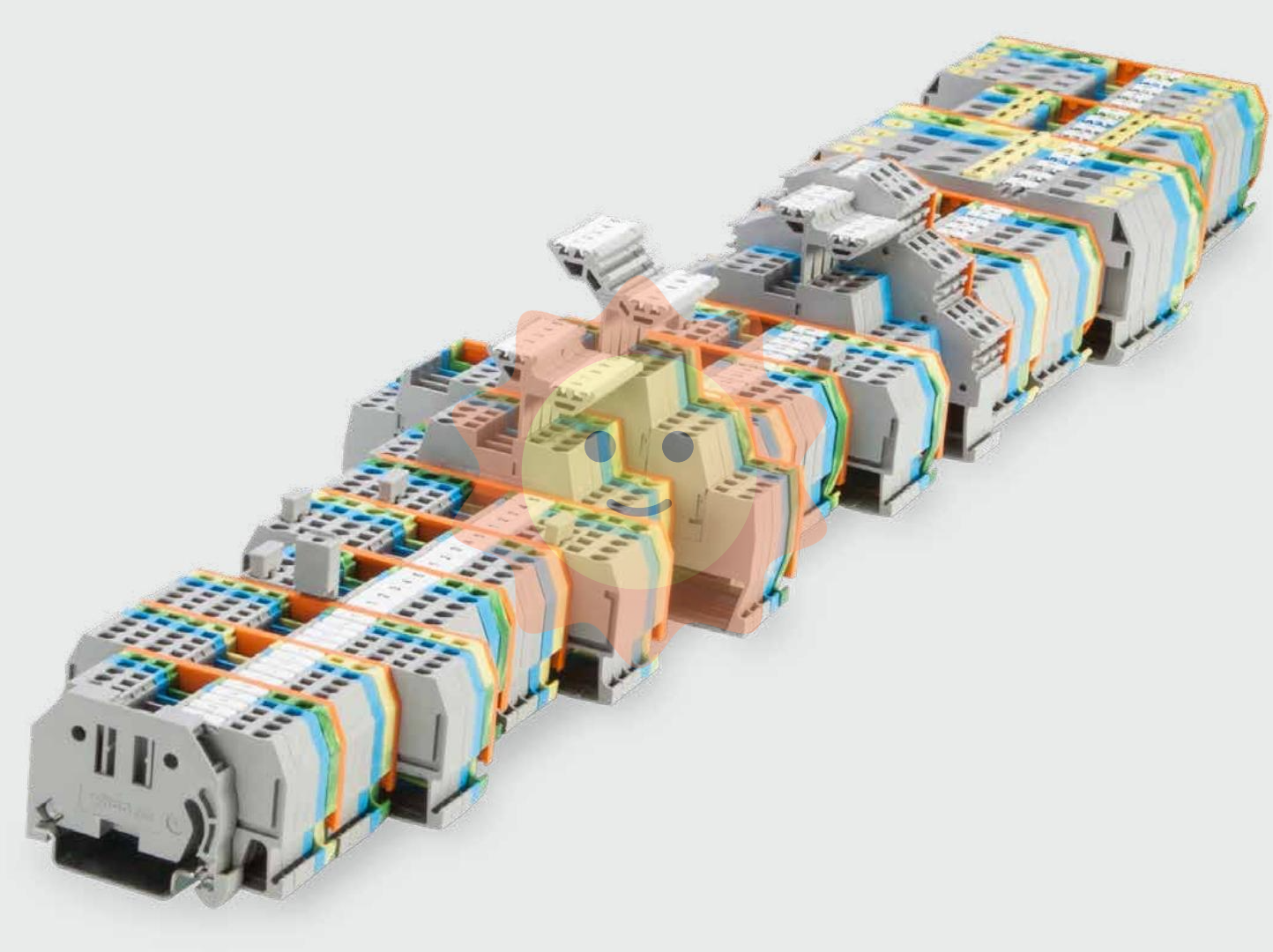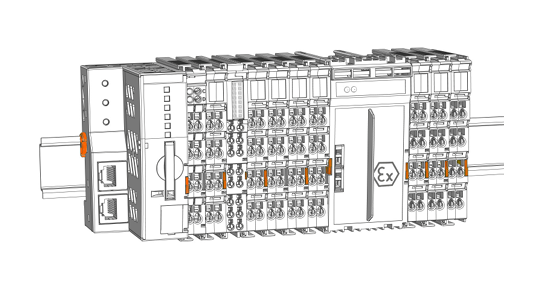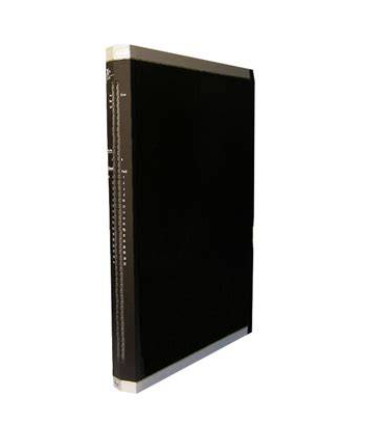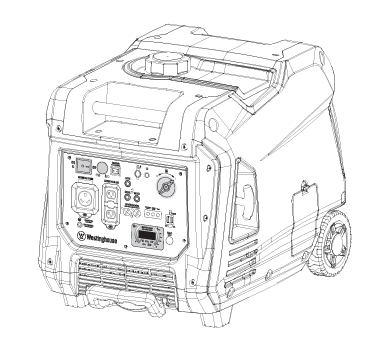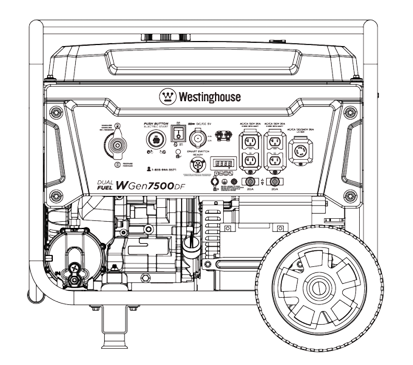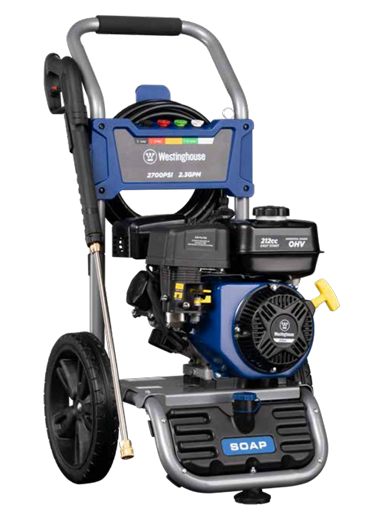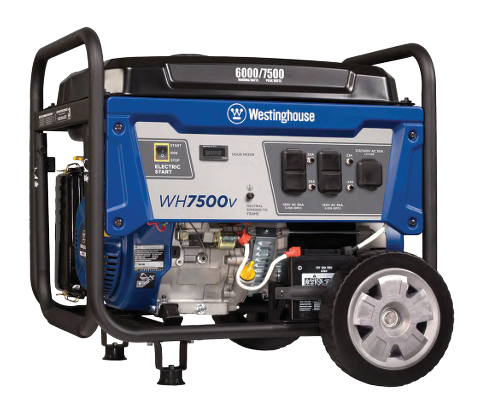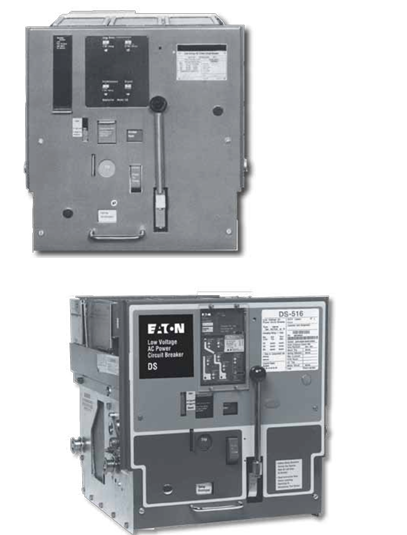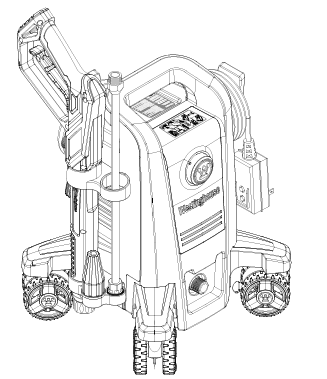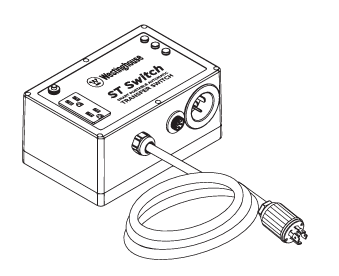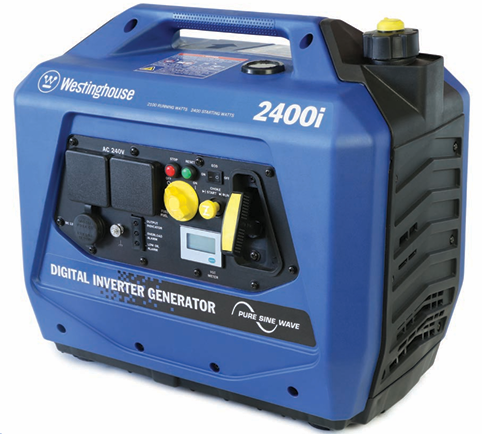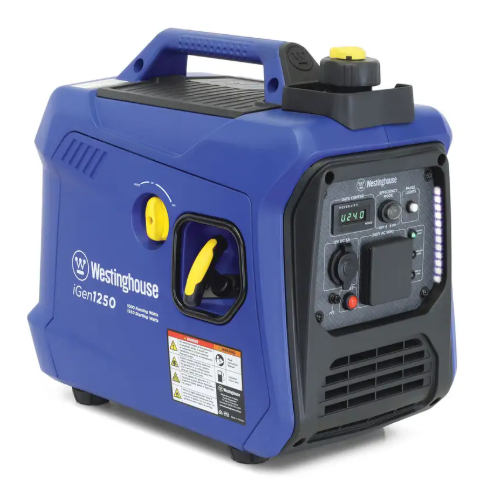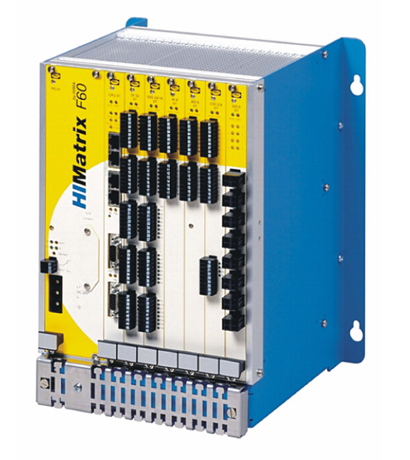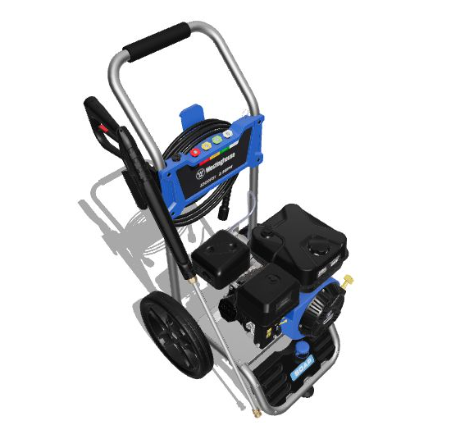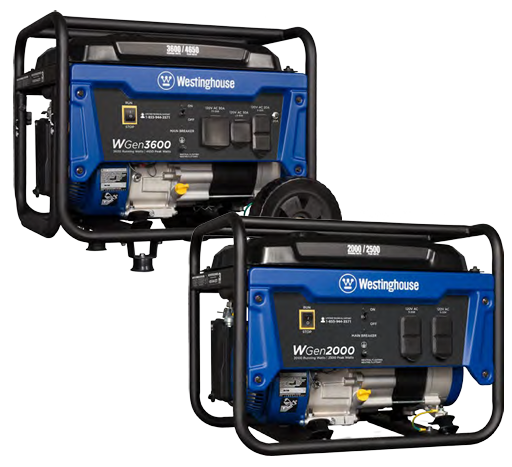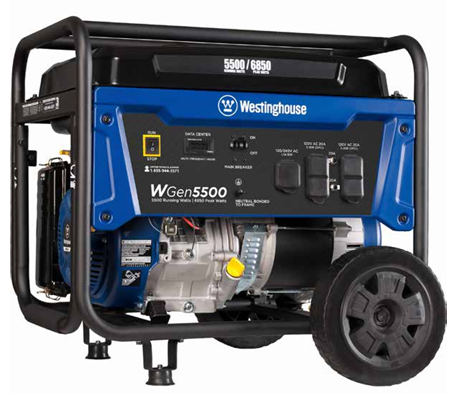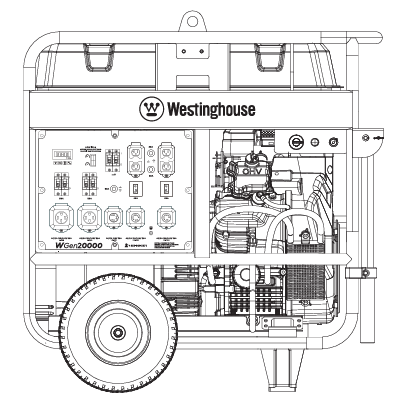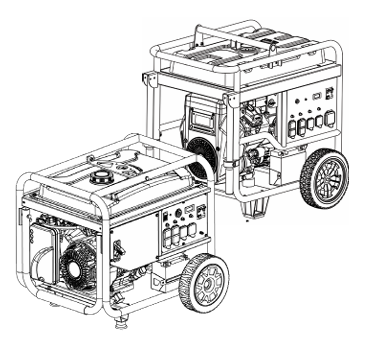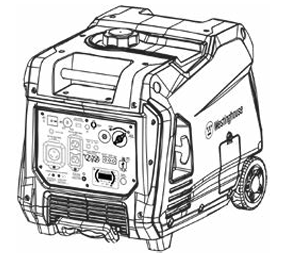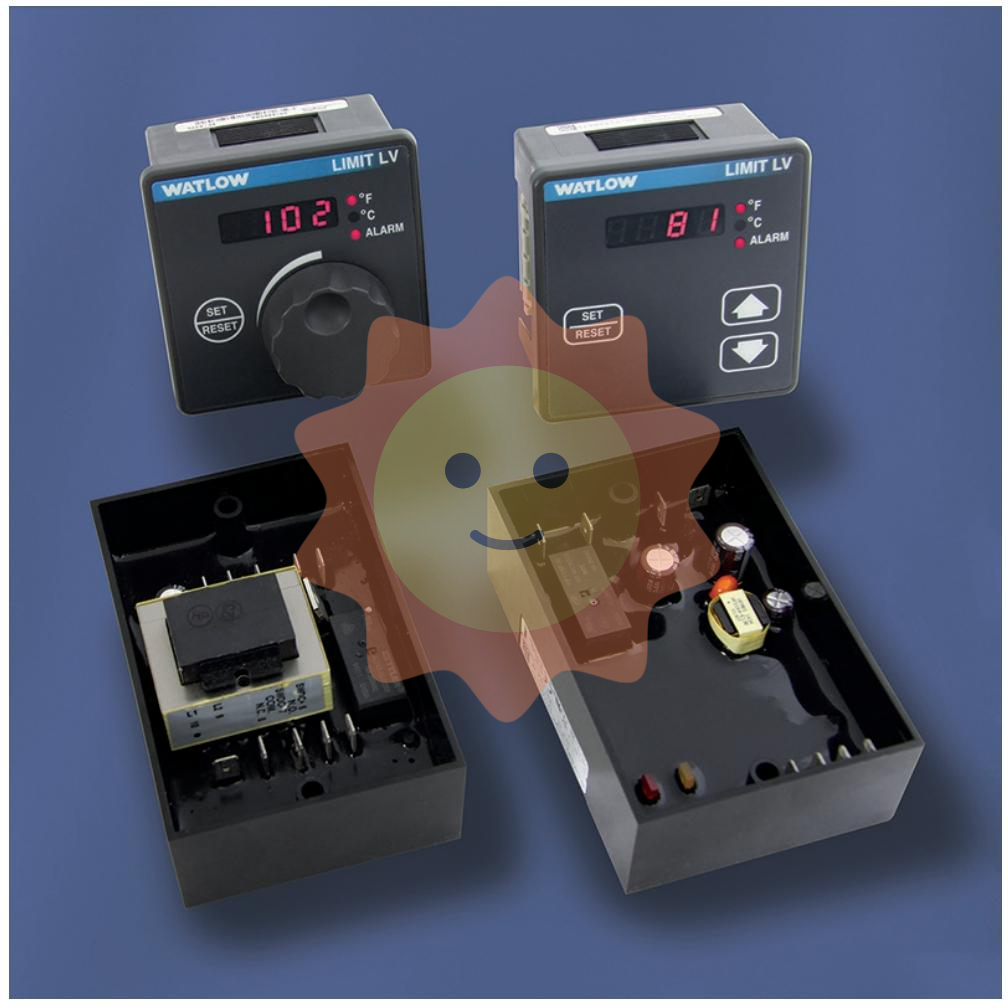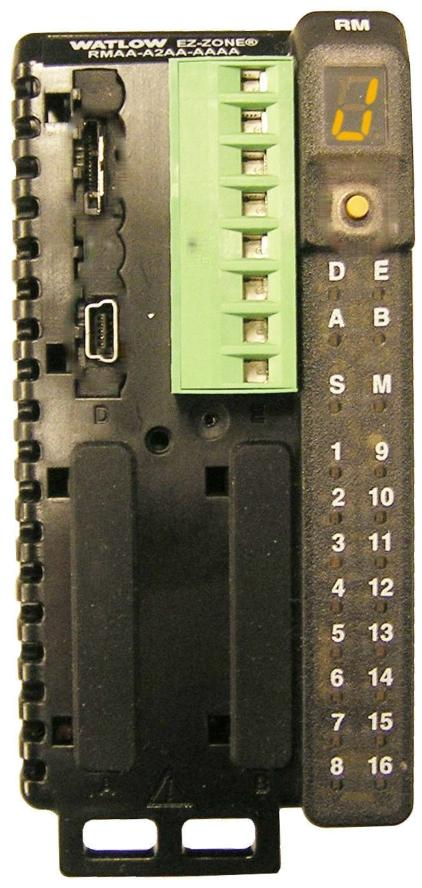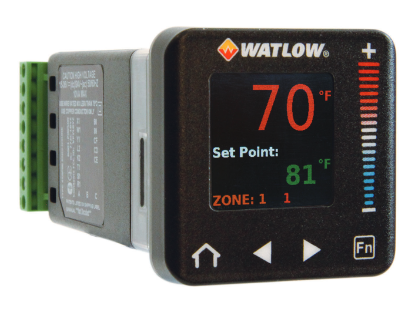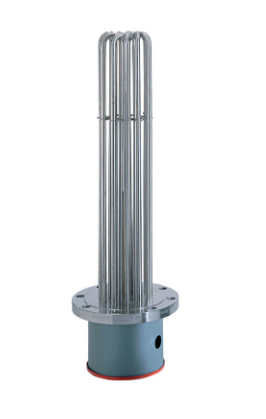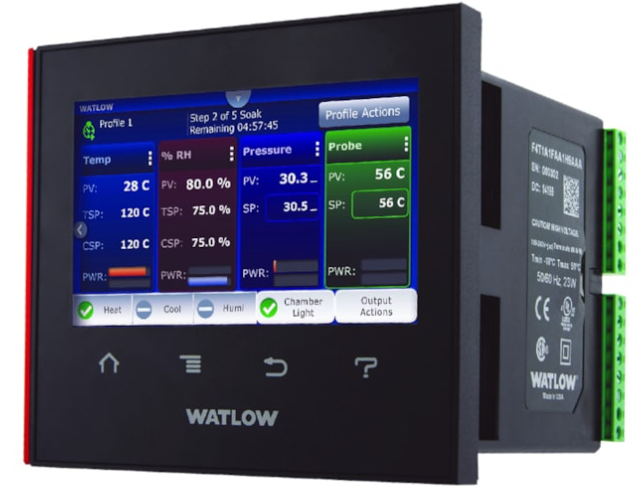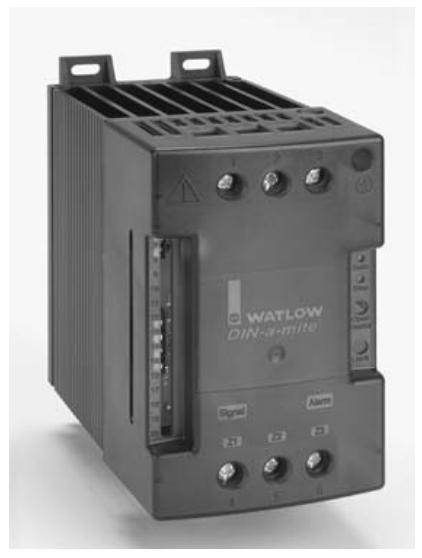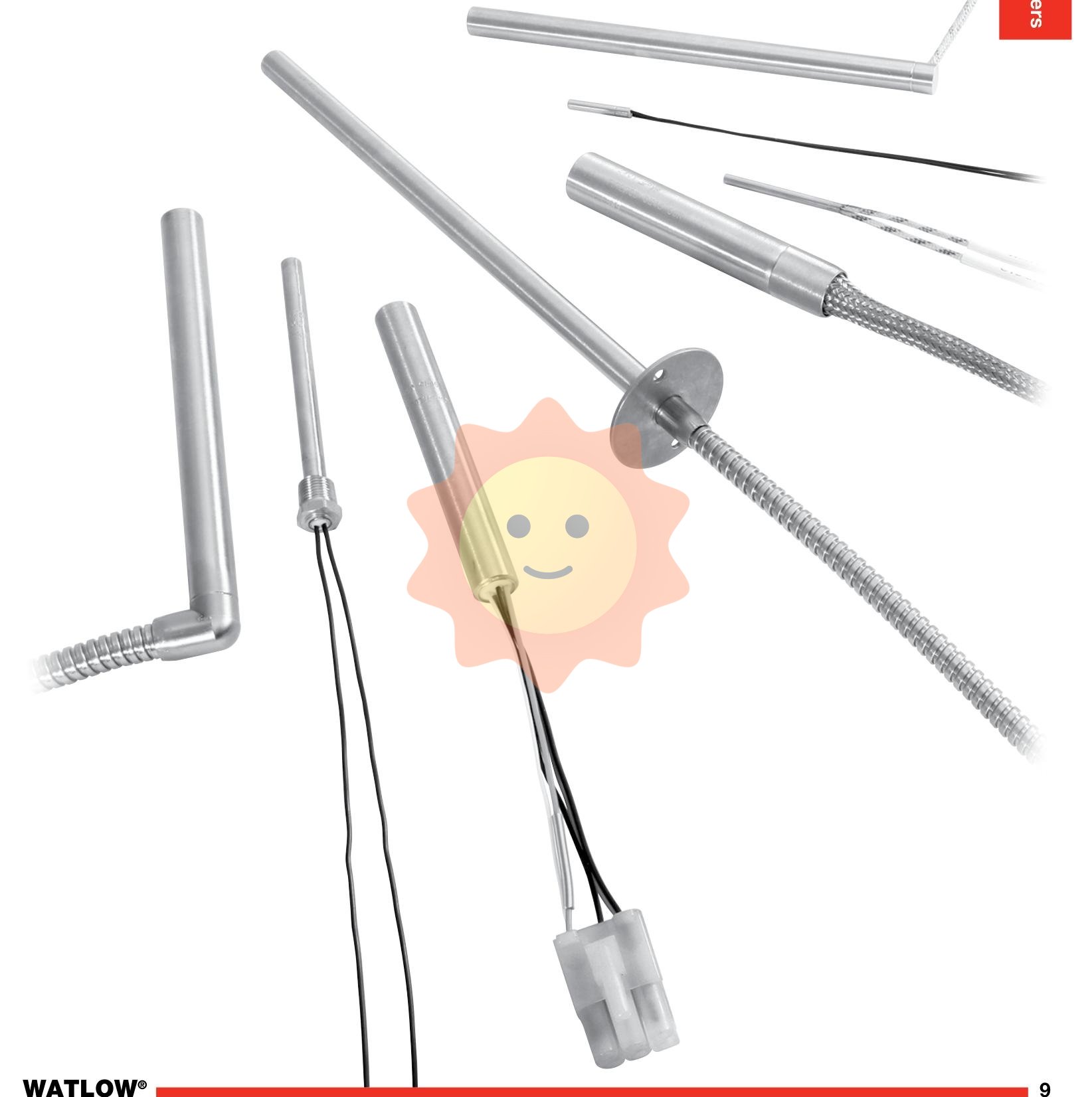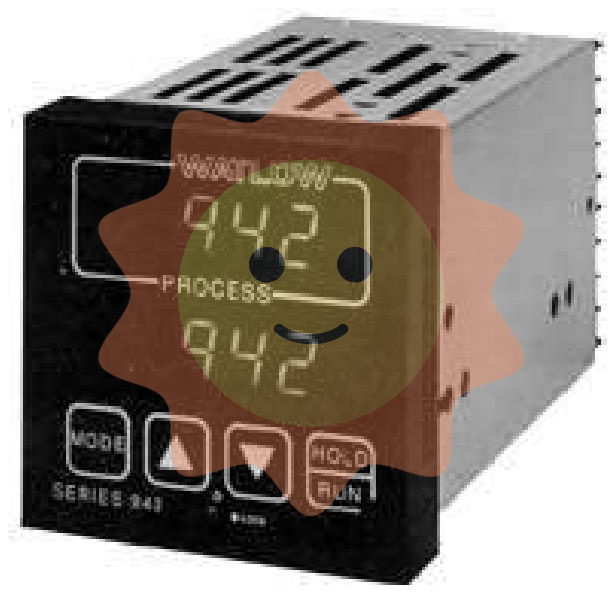ABB NPSM01 Power Supply
Basic Information
Model Overview: ABB NPSM01 Power Supply is a power supply device from ABB, which is mainly used in the field of industrial automation to provide stable power support for various automation devices. It is one of the key components in an industrial control system, ensuring that devices such as controllers, I/O modules, sensors and actuators in the system can operate properly.
Appearance and size: It usually has a compact design for easy installation in the control cabinet. The exact dimensions may vary according to different product specifications, but space-saving factors are generally taken into account to adapt to the limited installation space requirements in industrial sites.
Mounting: Various mounting options are possible, such as rail mounting (DIN rail) or direct screwing to a mounting plate. This flexibility allows easy integration into different industrial control cabinet layouts.
Input characteristics
Input Voltage Range: A wide range of input voltages is available, typically accepting AC input voltages from 85V AC to 264V AC, with a frequency range of 47Hz - 63Hz, which allows it to operate in different grid environments in most parts of the world and reduces power supply problems due to fluctuations in grid voltages or variations in different regional grid standards.
Input Current Characteristics: Under the rated input voltage, the amount of input current depends on the output power of the power supply. When the input voltage is at the lower limit and the output power is fully loaded, the input current will increase accordingly, but it will be within the safe range to ensure that the power supply works normally and meets the electrical safety standards. It also has a certain degree of inrush current resistance, and can withstand the moment of grid connection or load sudden change of the larger current impact.
Output Characteristics
Output Voltage Stability: Provides stable direct current (DC) output voltage, the typical output voltage is 24V DC. The output voltage has a high accuracy, the error range is generally between ±1% - ±3%, which is very important for industrial equipment (such as high-precision sensors, precision controllers, etc.) that require precise voltage power supply to ensure the accurate operation of these equipment. Moreover, it can effectively maintain the stability of the output voltage in the case of load changes and input voltage fluctuations.
Output Current and Power: The output current size determines how many devices or how powerful devices it can power.NPSM01 power supply output current specifications have a variety of choices, the common output current can reach 1A - 5A or so, depending on the product model. According to the power formula P = UI (P is power, U is voltage, and I is current), the output power of the NPSM01 power supply, for example, with 24V DC output voltage and 4A output current, is 96W, which makes it possible to provide enough power for multiple loads at the same time, e.g., powering multiple I/O modules, small controllers, or sensors, etc. The NPSM01 power supply can also be used as a power source for a wide range of devices.
Load Adjustment Ratio and Linear Adjustment Ratio: Low Load Adjustment Ratio and Linear Adjustment Ratio. Load regulation ratio is the relative rate of change of output voltage when the load current changes from no load to full load; linear regulation ratio is the relative rate of change of output voltage when the input voltage varies within the allowable range. The lower adjustment rate means that the output voltage can remain relatively stable under the fluctuation of input voltage or change of load, which ensures the quality of power supply.
Functional Features
Protection Mechanisms
Overcurrent Protection (OCP): When the output current exceeds the rated current, the power supply will automatically activate the overcurrent protection mechanism. This may include limiting the output current or temporarily cutting off the output to prevent the power supply and connected devices from being damaged by excessive current. The trigger threshold for overcurrent protection is usually adjustable or automatic based on preset criteria, e.g., protection is triggered when the output current reaches 120% - 150% of the rated current.
Overvoltage protection (OVP): The overvoltage protection function is triggered in the event of an abnormally high output voltage. The monitoring circuit inside the power supply will detect the overvoltage condition and take corresponding measures, such as stabilising the output voltage within the safe range or cutting off the output completely, to protect the connected equipment from damage caused by excessive voltage. The overvoltage protection threshold is generally set at about 110% - 130% of the output voltage rating.
Short Circuit Protection (SCP): If a short circuit condition occurs at the output, the power supply will not be damaged, but will quickly cut off the output current to avoid the internal components of the power supply from burning due to the excessive short circuit current. After the short-circuit situation is lifted, some power supplies can also automatically resume normal output, which greatly improves the reliability of power supplies in complex industrial environments.

- User name Member Level Quantity Specification Purchase Date
- Satisfaction :
-









Email:wang@kongjiangauto.com

